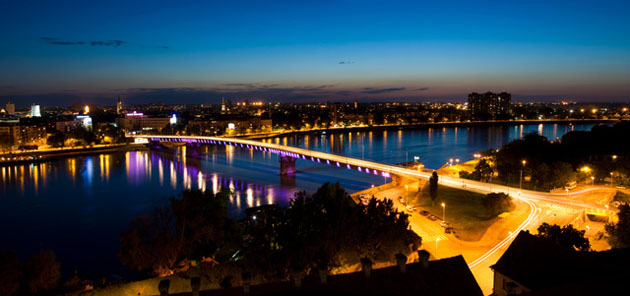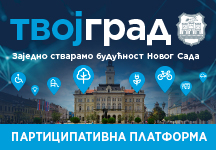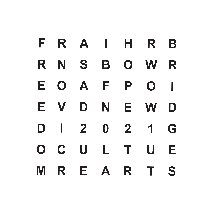Novi Sad Today

Seen from above, City of Novi Sad reveals itself as a city located in a vast plain, spacious and open to all directions. Fortress of Petrovaradin, a historical site, is situated on the right bank of the River Danube, whereas a tall building of Central Post Office, massive construction of Spens Sports Centre, immense headquarter of Petroleum Industry of Serbia and elegant oval edifice of Banovina (a seat of Executive Council of Autonomous Province of Vojvodina) are situated on the left. What eyes could also perceive are green oases embodied in City parks, with labyrinth of streets and alleys meandering around them and cut across with wide and straight boulevards. Moreover, there is the Danube as an unsymmetrical, potent axe of the City, embraced with long quay and Strand, the most beautiful city beach along the Danube. In addition to that, there are the bridges that Novi Sad once lost, but that are re-built from scratch. And there will be plenty of them, quite soon.
Seen in terms of our planet, City perfectly fits into a rich tradition of Pannonian Basin, in which everything is prone to grow, from well-preserved Secession to Post-modern architecture. Nowadays, a widely recognizable symbol of the City is Exit Festival, while in the past, and even so today that place has been reserved for the Serbian cultural institutions: Matica srpska - the oldest cultural-scientific institution of Serbia, Serbian National Theatre, Sterijino pozorje Theatre Festival… Furthermore, our City, in contrast to many other European destinations, has the reputation, by full right, of a multinational, multicultural and multi-confessional metropolis in which all differences are seen as advantages. The witnesses to that are Novi Sad Theatre/Újvidéki Színház and University of Novi Sad with 14 faculties and specialized departments at which the lectures are held in languages of national minorities or were founded with that purpose. Still, there are so many other things that represent a daily, lively routine of Novi Sad.

Seen in terms of our Republic, Novi Sad is administrative center and seat of the AP of Vojvodina bodies, second largest city in Republic of Serbia with the population between 300,000 and 400,000 citizens. The language of economy would confirm that Novi Sad is the most up-and-coming city in modern Serbia, with great potential, not only because it has the highest budget per capita, but because of well-prepared development projects.
Seen from citizens’ perspective, by no means less important, on the contrary, one sees Novi Sad as a community which could be proud of its 300-year history whose imprints are still visible and radiant, but at the same time provide a peaceful and dynamic life despite the forthcoming and omnipresent things from technologically and differently set 21st century.
The citizens of Novi Sad are fully aware of this. The others have yet to discover it.











